You need some veggies, or meats or maybe even some seafood. Add some whole spices and vinegar. These ingredients are all you need to make an amazingly fresh and deliciously mouth-watering pickle. And, I doubt you’ll find anything better than a nice homemade pickle.
Welcome to The Homemade Pickle Series exclusively at Truly Soulfully Eats.
The importance of pickles in our lives.
Pickles or achaars are a must-have side dish in most of the Indian households. If you are Asian, especially from the Indian subcontinent, you have definitely eaten it at least once. This includes neighboring countries like Nepal, Pakistan, Bangladesh, or Sri Lanka. For some people, it is a must with all their meals. It mainly comprises of fish, meats, veggies, fruits, or anything you like; pickled with spices and preserved for later use.
Pickles in Goa
Monsoon season and the fishing ban
Back home in Goa pickles are generally made before the monsoon season commences. Pickles come in handy during the monsoon season and especially during the fishing ban.
Every year, Goa and some other coastal states in India observe an annual ban on fishing. This aids the fish in spawning and multiplying in numbers. It also protects fishermen from the rough seawater and storms during the monsoons.
Importance of seafood to Goans
Goan Village-style way of saying hello!
“Kes ha, aiz nusteak kit hailem?”
For most Goans, seafood is one of the major staple foods. If you’re travelling to Goa and you aren’t vegetarian or vegan, you have to taste the Goan Prawn Curry. Pair it with some steamed rice and some nice rava fried fish or recheado fried fish. Some of my favourite fish: recheado mackerels, rawa fried bombil, recheado modso, recheado chonak, and rawa fried lepo.
People in Goan villages sometimes even greet each other saying, “Kes ha, aiz nusteak kit hailem?” This simply means “How are you? What fish did you eat today?” That is how important seafood is to people in Goa. So, imagine their lives during the ban. That is when pickles like prawn balchão, para, fish molho, tendli pickle, etc., come in handy.
If you’re Goan and a lover of seafood, reading this post, go ahead and comment down below. Let me know if you agree. I would love to know. Because fresh seafood is lacking, people choose other side dishes. These side dishes accompany the staples, rice and curry. Here, pickles or achaars play a major role.
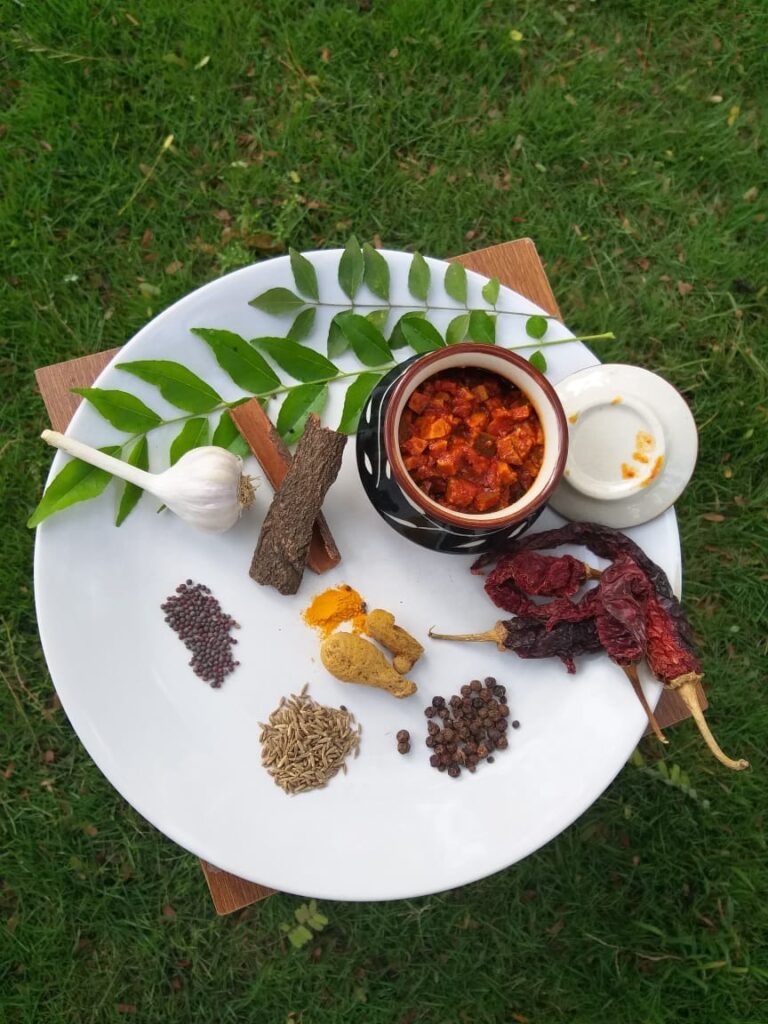
The summer heat is the best to dry pickling ingredients
The April-May summer heat in India is the best to naturally dry some of the pickling ingredients. It helps to remove excess moisture from these ingredients, which helps the pickle stay fresh longer. Ingredients like brinjal, salt fish, etc. are salted properly. Then, they are left in the sun to dry naturally. This drying process takes at least a day or two before making the pickle.
Vinegars used
Homemade pickles in Goa generally have a robust flavour of homemade toddy vinegar. Other vinegars like malt vinegar, white-wine vinegar, palm vinegar, apple cider vinegar, etc. can be used too. for different pickling methods and recipes. White vinegar shows off the colour and texture of pickles while malt vinegar enhances the flavour. But, as a Goan, I prefer my homemade pickles made with toddy vinegar.
How important are homemade pickles to me?
Present life in London
We are miles away from home. Homemade vinegar, wine, and pickles are something Nigel and I both love so much. We crave these items. That includes Goan sausages too. However, we aren’t allowed to carry sausages back to the UK from Goa by flight. Couriers are available, don’t get me wrong and we do use it sometimes. You also get Goan sausages here in the UK, but at 3 times the price you’ll get in Agassaim. This restriction and inconvenience leave us with a choice of getting back a lot of pickles to London by flight.
College days in Mumbai
Secondly, I have fond memories of pickles from the past.
Since Nigel & I have been together, it’s been almost 11 years now. His mum has always been feeding us amazing homemade pickles. I remember when I used to study in Mumbai and live in the hostel. She always packed some of my favourite homemade pickles like brinjal and tendli pickle. These were for me to savour while being away from home. She never failed to send a bottle or two with whoever came from Goa to Mumbai.
I have another homemade pickle memory. It was when we used to have group projects in college. I stayed over at Naila’s (my college friend) place in Kandivali. I remember her nani (mum’s mum) made this amazing mooli (radish) ka achaar. She served it with mooli ke parathe for all of us as breakfast. It was such an amazing breakfast. Once i get my hands on that recipe, I’ll share it with you guys.
Childhood memories and school days
I am going back to my school days. Specifically, I was in the 9th standard then. I remember a group of us friends. We called ourselves ~INNOCENTLY CORRUPTED. Some of us used to get some raw mango with chilli powder and salt. We snacked on it secretly in between lectures. We’ve cut the raw mangoes with geometric tools and also by placing them between the classroom door. We’ve also added some ripe mangoes to the mix. That combination was fantastic. Those were the days, my friend!!!
As a kid I used to love eating mango lonchem and I still do. Mango pickle stuffed in a bread was my favourite snack, something my mum loves too.
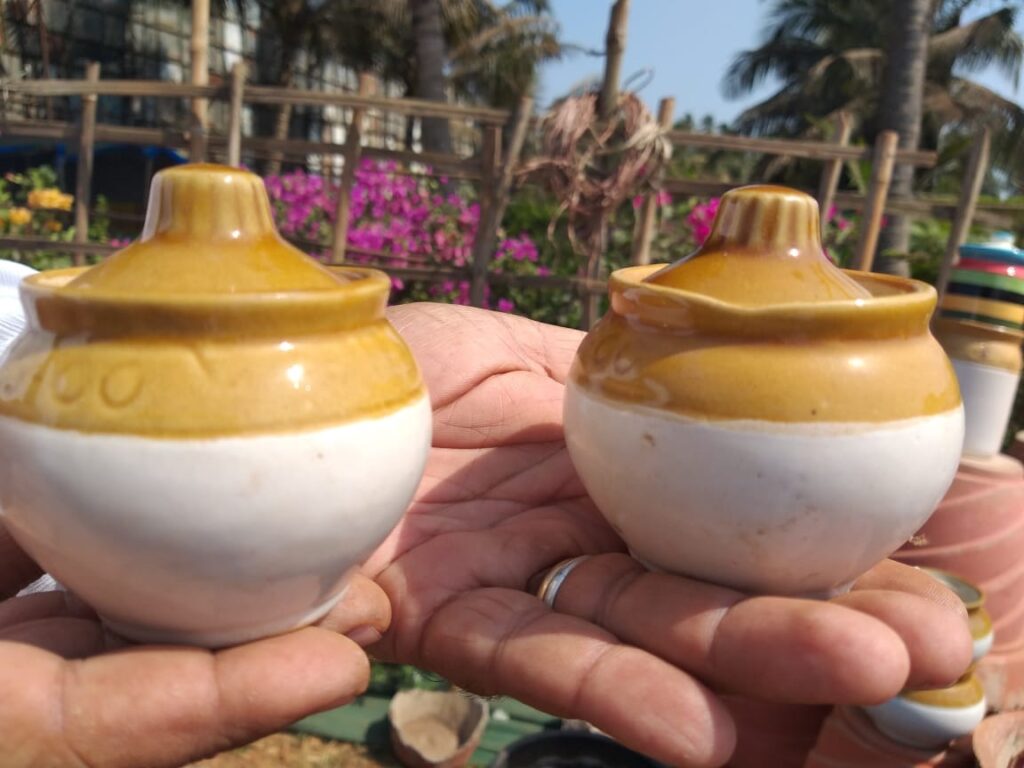
Why did I decide to start #thehomemadepickleseries.
I love pickles. You all are a part of my family now. I had to share these important recipes with all of you all. For those in India and Goa, y’all can make these recipes. I’ll be putting them up on the blog soon, before the rains. For those of you in the west, it’ll be summer time soon. You can make these pickles at home and enjoy them too. For the next few weeks, there are a lot of pickle recipes coming up…
I would like it if y’all request some recipes too. This way, I can work on recipe development. It’ll be nice for me to try out some new pickles this summer in the UK. Do let me know.
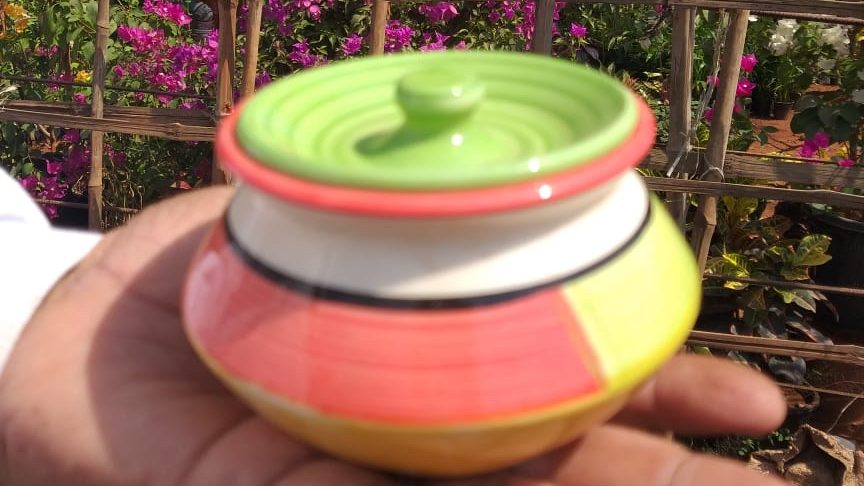
HOMEMADE PICKLES vs STORE BOUGHT
I prefer homemade pickles to the store bought ones mainly for the following reasons:
- I can be in total control of where I source the ingredients from. Their freshness and a number of other factors.
- I can control the level of spice. I am one of those who cannot tolerate a lot of spice in food. I can also manage the acidity of the vinegar. Additionally, I have the freedom to exclude the use of preservatives.
- They are quick, easy and simple to make.
- You can control what goes into making it, mainly the ingredients used. I don’t like asafoetida (hing) in my homemade pickles.
- Also, you can add a lot of prawns to your homemade prawn balchão. Rather than having 5-6 tiger prawns in a packet of store-bought prawn balchão.
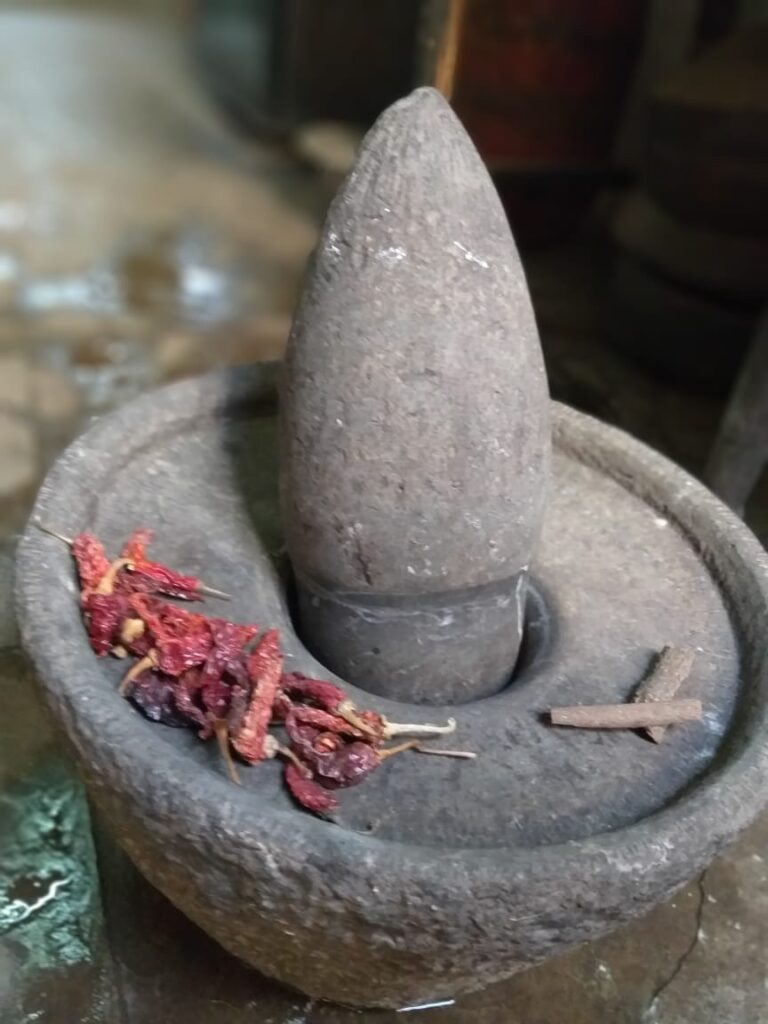
Rogdo or grinding stone used in some Goan houses to make the pickle masala
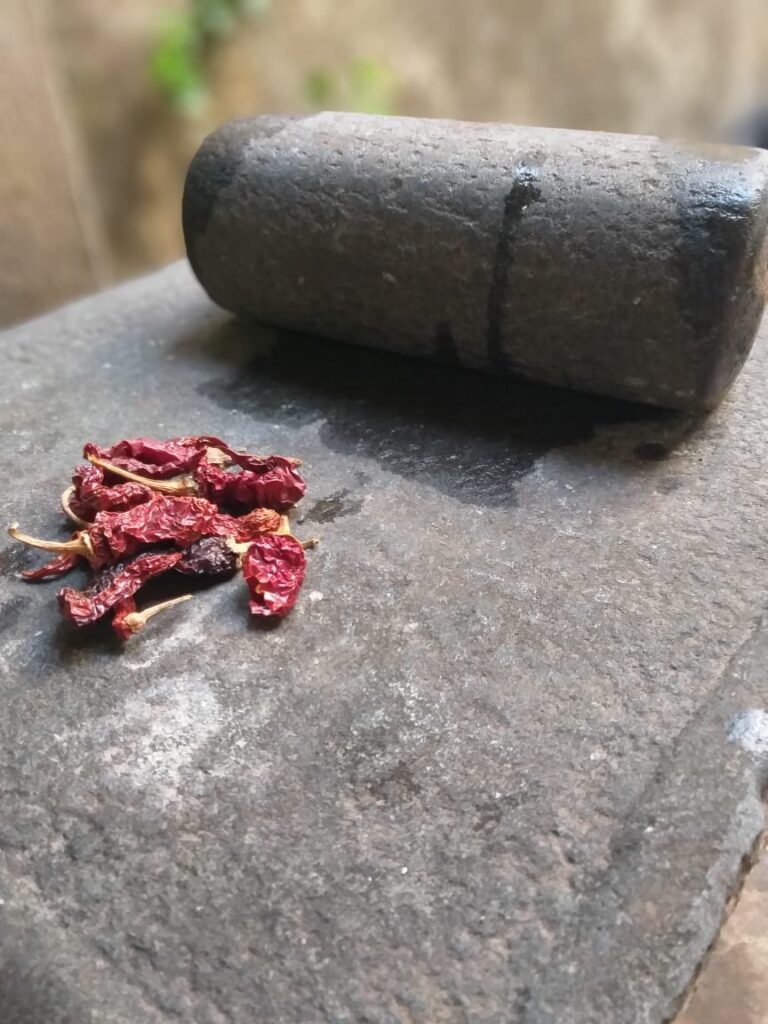
General pickling methods
The homemade masala pickles
The vegetables or fruits are generally washed, cleaned and dried before being used in pickle making. If meats or seafood is used, the same process is to be followed.
Then, the next step is generally to adequately salt the ingredient. It is normally sprinkled with coarse sea salt which allows excess water to be drawn out. This is done so that the natural water content present in the ingredient is removed. This is an important step because the salt also acts as a type of natural preservative. If the water isn’t removed properly, it will dilute the taste of the vinegar and also spoil the final product.
The third step is mainly to prep the chilli paste or masala. You can use the recheado masala too for making pickles. Kashmiri Chillies are generally soaked in vinegar and then ground with other whole spices like cloves, cinnamon, cumin seeds, etc. Ginger and garlic is used too for some pastes for certain pickles.
The paste is then fried in a lot of oil. You can also use any vegetable oil or sunflower oil for making pickles. These oils don’t have a very strong taste. However, some even use mustard oil for certain pickle preparations.
These pickles should then be cooled and preserved in air-tight containers. Some can be eaten on the same day, especially the cooked pickles, while some are eaten after a few days.
This gets us to another pickling process.
The homemade brine or vinegar based pickles
Every year around this time, my Avozinha (grandma) used to make water pickle. She used to make a solution of coarse sea salt, water, and some green chillies. Then, she used to allow raw mangoes to steep in the brine. This is then enjoyed throughout the year and fondly known as amli. I call this type of pickling as water pickles, not because of water in it. But only because it has a liquid base in which it is stored. That liquid need not always be brine; it can sometimes be spiced-vinegar, too.
Brine is simply a highly concentrated solution of sea salt or any type of salt with water. The ratios could differ as per one’s preference.
Store-bought water pickles are generally sold in jars and sometimes even decoratively arranged. It is best not to store pickles in a metal container.
Few different veggies which can be pickled are cauliflower, cucumber, different cabbages, squash, baby onions, green chillies, courgettes, mushrooms, etc. These are sliced if necessary and soaked in brine or cold water. They are later rinsed and stored in jars filled up to the brim with spiced vinegar.
Different fruits can be pickled too. Fruits like raw mangoes, unripe tomatoes, plums, cherries, apples, peaches, pears, etc. are normally cut into smaller pieces and cooked for a short time so that they soak up the vinegar. Eggs and walnuts can also be pickled.
The best salt to use for pickling is coarse sea salt as it enhances the optimum flavour of the pickle. For vinegar, you can use malt, cider, wine or spirit vinegars. The vinegar, along with some spices, acts as a preservative besides enhancing the flavour.
Spiced vinegar pickle recipe
Spiced vinegar mixed with fruits or veggies.
Bring the mixture to a boil and then steep for 3 days.
The vinegar is strained and used either cold or hot.
- 1 litre of vinegar is equal to 1 3/4 pints or 4 1/3 cups of vinegar.
- 1 teaspoon of mustard seeds can be replaced with 5 teaspoons of whole pickling spice of your choice.
- The cold spiced vinegar is used for vegetables, which should remain crisp.
- The hot spiced vinegar is generally used for fruits, which should be a little softer.
Ingredients
Mixed pickles may contain any number of vegetables such as chillies, carrots, onions, bell peppers, cucumber, french beans, etc. But there are some fruits and vegetables which are pickled on their own. Beetroot with dill, red cabbage with white wine vinegar, sweet peppers with thyme and bay leaf, lime with pepper, etc. just to name a few. You can get creative and just create your own if you like.
For immediate use, spiced vinegar can be prepared by a quicker method. Put the spices and vinegar into a bowl, cover and let it stand in a pan of cold water. Bring the water to a boil. Then remove the pan from the heat. Leave the spices in the warm vinegar for about 2 hours. Keep the bowl covered so that no flavour is lost. Strain the vinegar before using it.
Before you go
So for the next few days and weeks, I will share with y’all some of my favourite pickle recipes. I hope y’all enjoy this series. This is my first ever series on the blog, so please do not forget to show some love. Whenever you post any of the recipes made from here, please use the hashtag #thehomemadepickleseries. If you post anything related to homemade pickles, use the hashtag as well. Do not forget to include it.
Please do not forget to check out my other pickle recipes on the blog:
- Goan Tendli Pickle
- Raw Mango Chutney
- Apple Pickle
- Goan Brinjal/Eggplant/Aubergine pickle
- Sticky lime pickle
- Prawn Balchão
If you ever try any of our food recipes from this blog, you can DM me on Instagram. You can also share your recipe pictures with us using the hashtag #trulysoulfullyeats and tagging us.
Also, feel free to follow us on Twitter, Facebook, Youtube, TikTok and Pinterest.
Please also make sure to subscribe to our newsletter. Thank you for your time.
See you soon xx
Discover more from Truly Soulfully Eats
Subscribe to get the latest posts sent to your email.
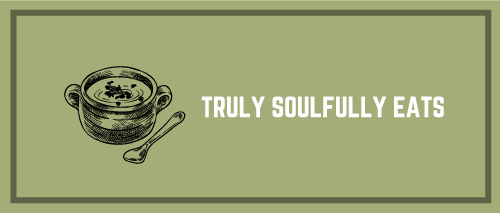
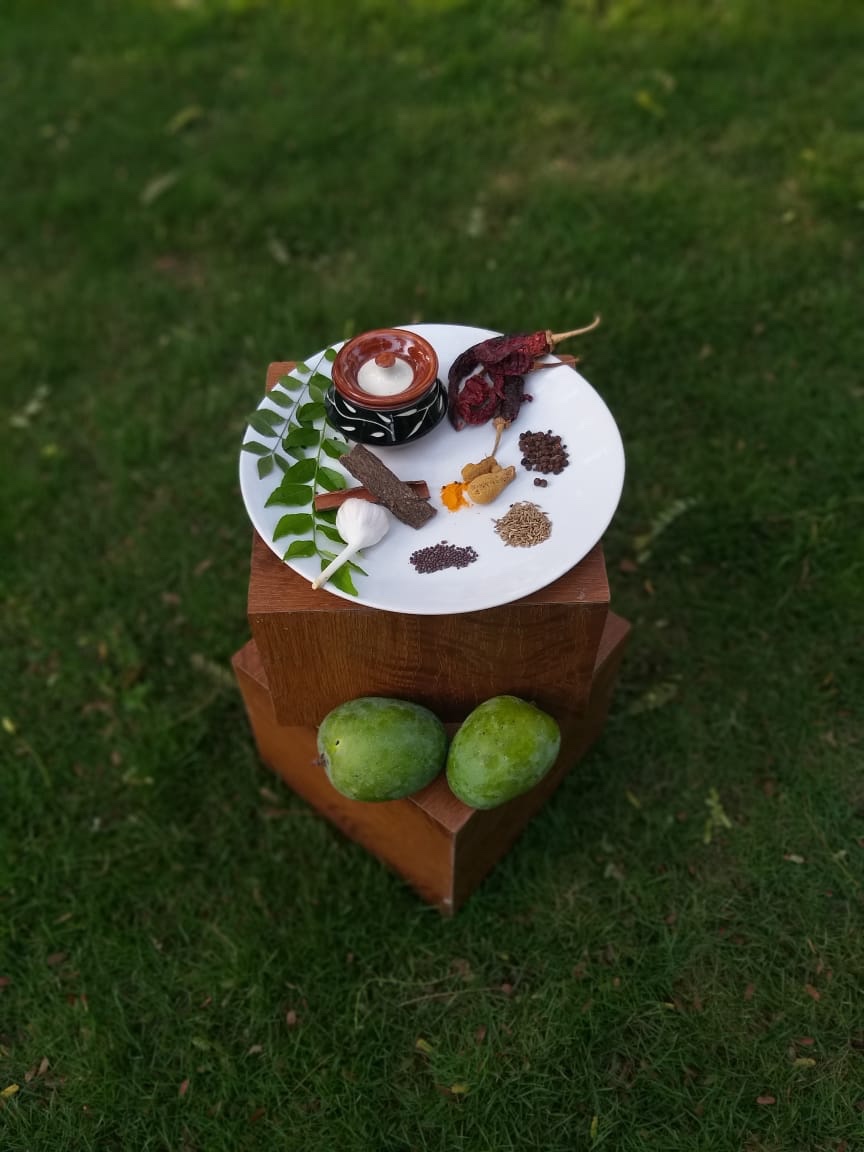

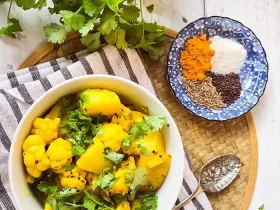
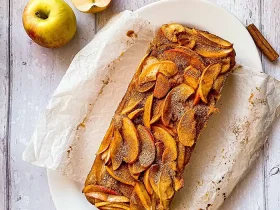
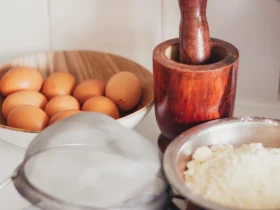
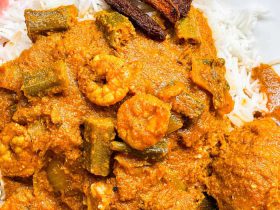
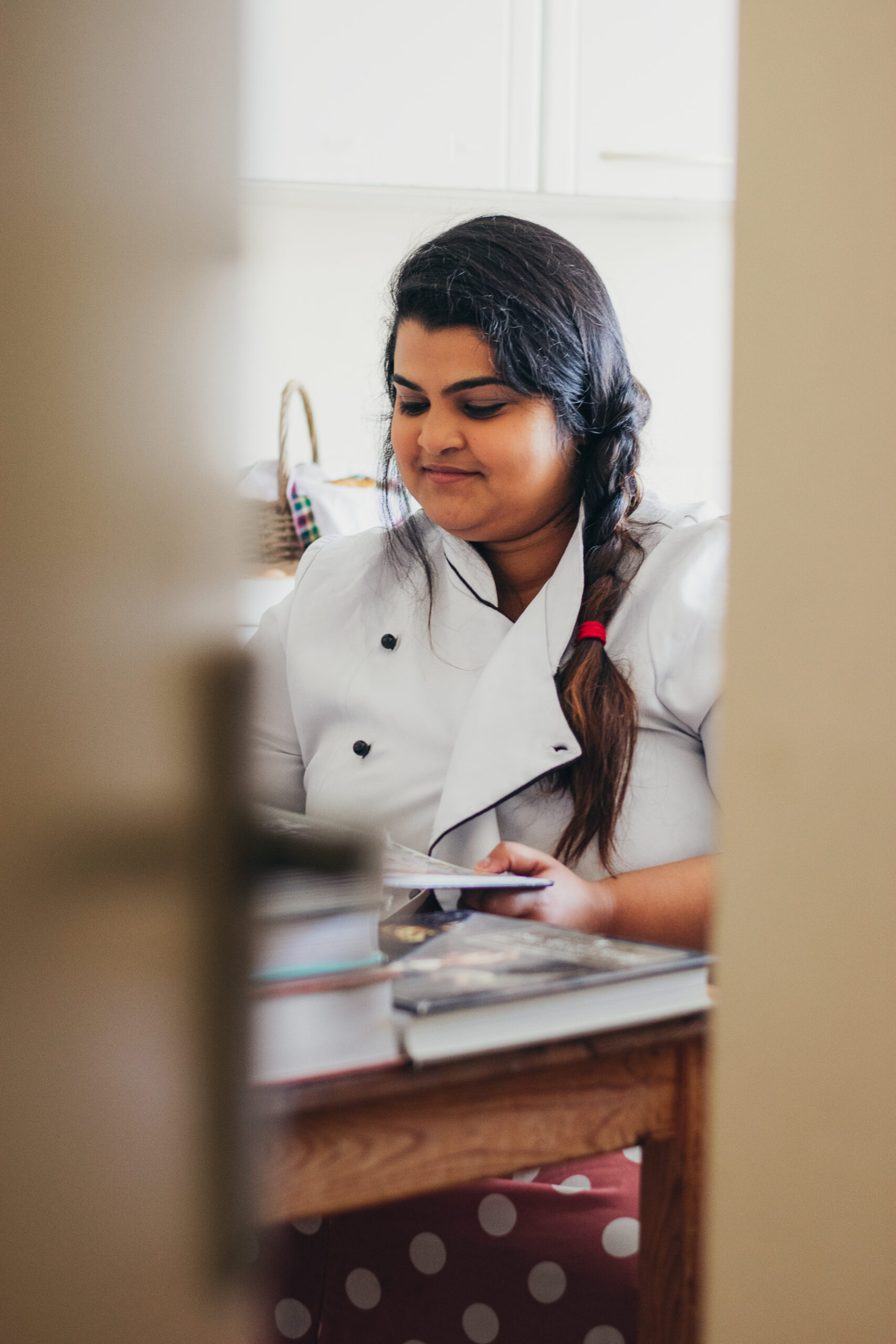
[…] are used for pickling and also to make various chutneys. In Goa, we also make pork vindalho using vinegar especially this […]
[…] recipe is not a pickle recipe. However, I’m glad I can share it with you all as part of #thehomemadepickleseries. This recipe is another of my mum-in-laws gem traditional homemade recipes. She uses her homemade […]
[…] RECIPE #1 of the #thehomemadepickleseries […]
[…] can check some more of her nice recipes below and make sure you have a look at #thehomemadepickleseries too. I’m sure you’ll love […]
[…] brilliant idea. These can be prepped in large quantities and refrigerated for later use. Search for #thehomemadepickleseries under the recipe section of this blog for some amazing homemade pickle […]
Hey! Any idea for a bilimbi/bimli (my new found love) pickle? Got a bunch back from Goa and was looking for a good recipe.
Haven’t been really able to get some myself to work on a recipe but I would recommend making it with some prawns if you don’t mind them or even plain with some recheado masala. Recipe on the blog for recheado masala. Use the brinjal pickle recipe for reference and if adding prawns then use the prawn balchao recipe for reference.
[…] can check some more of her nice recipes below and make sure you have a look at #thehomemadepickleseries too. I’m sure you’ll love […]
[…] brilliant idea. These can be prepped in large quantities and refrigerated for later use. Search for #thehomemadepickleseries under the recipe section of this blog for some amazing homemade pickle […]
hello, excellent article, Pickles are not only tasty condiments, but they also have a lot of nostalgia attached to them. . When I relocated to a new city, the only thing I brought with me was Ghar ka acchar, but it became impossible to source from home as it was only prepared in season. Just like at home, I discovered this savior brand https://www.mozaicq.com/blog/the-little-farm-co-pickles-turmeric-powder-more/ Have a look . By the way, I’m going to try your recipe soon.